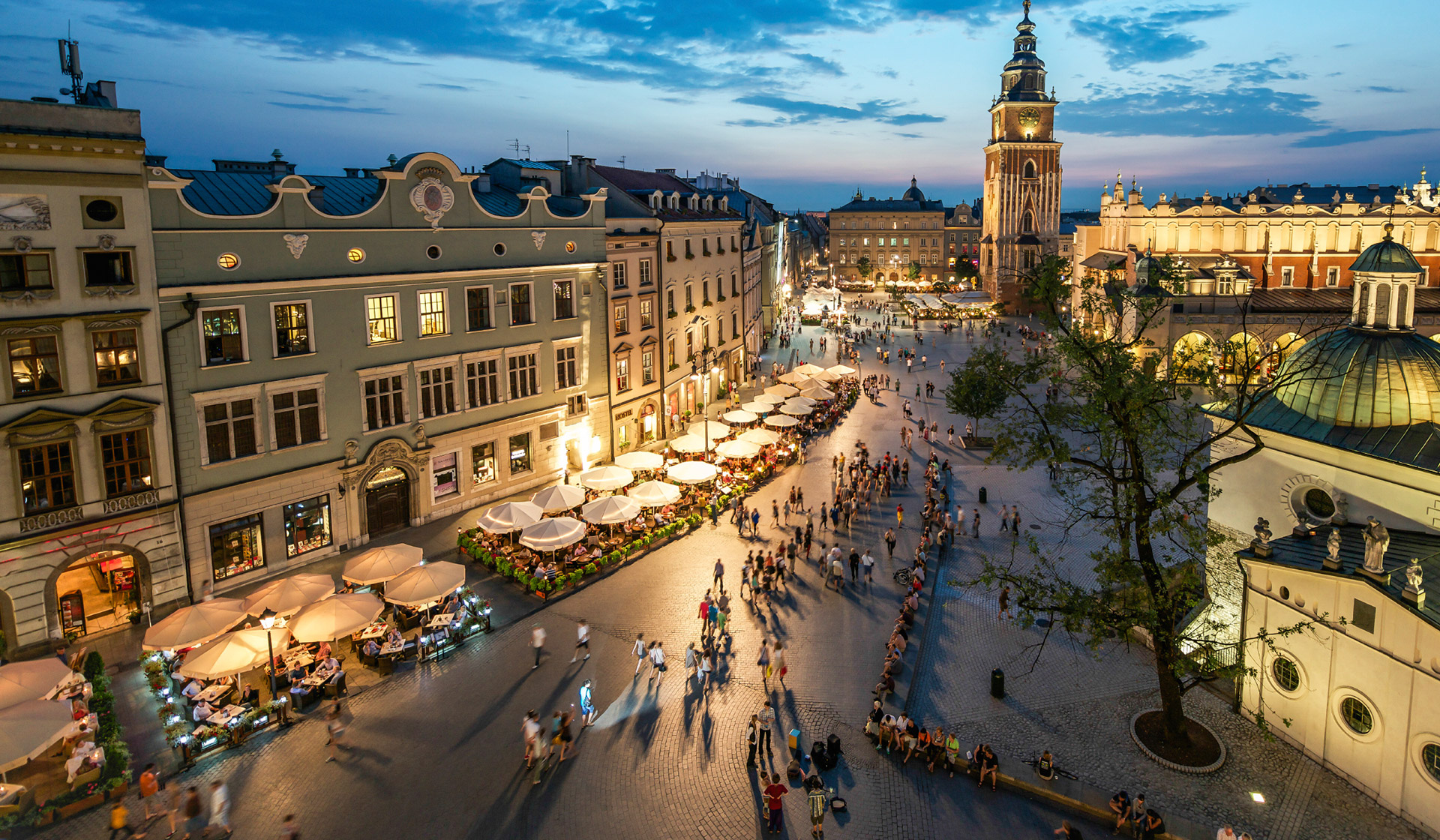The 30th RD50 – Radiation hard semiconductor devices for very high luminosity colliders workshop will take place between 5th and 7th of June 2017 in Krakow. The meeting is organized by the AGH University of Science and Technology and Foundation for the AGH University of Science and Technology.
Address:
AGH UST
Al. Mickiewicza 30
30-059 Krakow, Poland
The workshop venue is located on the premises of AGH UST in the main assembly hall.
Get to know Krakow:
A very brief history of Krakow:
Krakow is a former Polish royal capital. Starting from the ancient XI century till 1569 when King Sigismund III of the House of Vasa moved the administrative capital to Warsaw, Poland was ruled from the Krakow Wawel hill.
The first written items of the city’s name dates back to 965 when the first Duke from the Piast dynasty, Mieszko I managed to gather enough power to rule the land.
Krakow rose to new prominence in 1364 when King Kazimierz Wielki, a generous patron of art and scholarship, founded the Krakow Academy, what would later be called Jagiellonian University, the second university in central Europe after the University of Prague founded four years earlier.
The “Golden Age” of Krakow continued gloriously in the XV-XVI century under the joint Polish-Lithuanian Jagiellon dynasty when Poland was one of the largest political entities in Europe. It was the time of Polish Renaissance art (inspired by the Italian Bona Sforza who married Polish King Sigismund Ist) when most of architecture were created.
The very difficult economic and military situation in Poland weaken its meaning in Europe in the end of XVIIIth century. Poland lost its independence and become divided between the Russian Empire, Kingdom of Prussia and Austrian Habsburg Monarchy. Krakow become a provincial Austrian city but fortunately the city spirit and architecture survived. In that years, just a few days before the outbreak of World War I, AGH University of Sciences and Technology was established by the by Austrian Emperor Francis Joseph. The free Polish state was re-established in 1918 and the Polish Government brought the AGH, as Mining Academy, into being.
By the outbreak of WWII Krakow was under Nazi occupation but didn’t experience major combat or bombing. As such Krakow is the only large Polish city that has retained its old architecture and appearance. During the war Krakow, like most Polish cities, saw its Jewish citizens herded into a ghetto and transported to Nazi work and extermination camps. In close vicinity of Krakow there is the Memorial and Museum of the most horrible Nazi Concentration and Extermination Camp: Auschwitz-Birkenau, where over 1.1 million men, women and children from all over the world, lost their lives.
In 1978, Krakow was recognized by the UNESCO as a monument of world culture and is now a place where international cultural events are organized periodically.
Nowadays Krakow is the second largest city in Poland. The city is one of Poland’s most important economic centers and the major center of education. More than 20 universities or higher level institutions host more than 170 000 students. The Jagiellonian University is the oldest one in Poland. AGH University of Science and Technology, established in 1919 is the largest technical high school in Poland.

Photos of Krakow